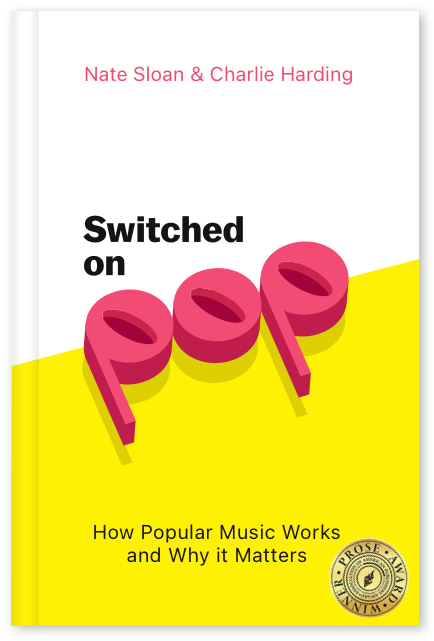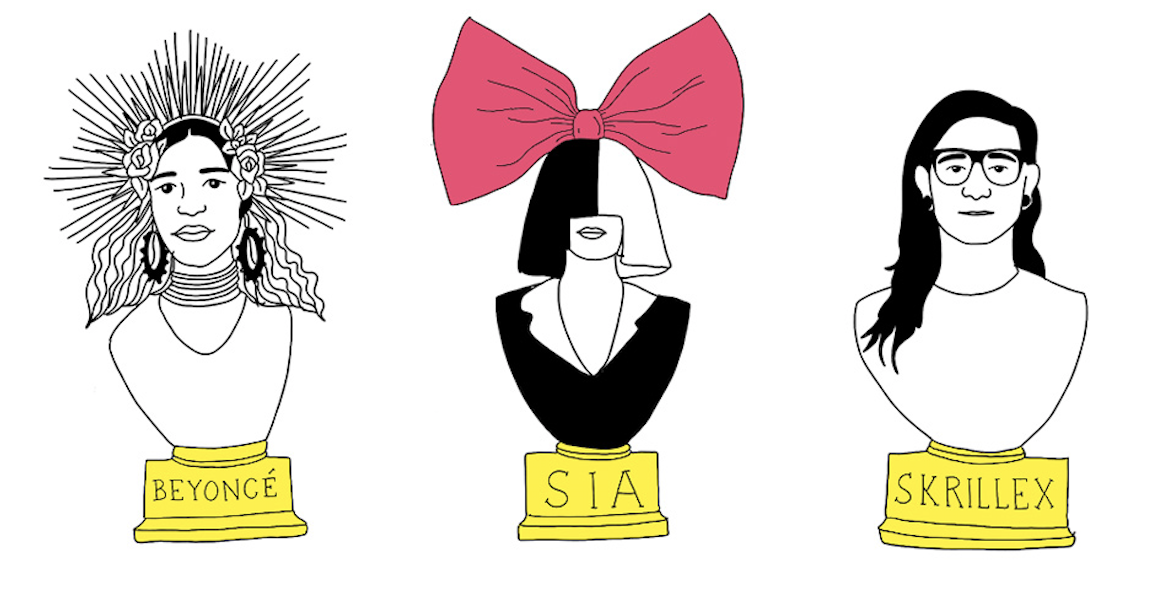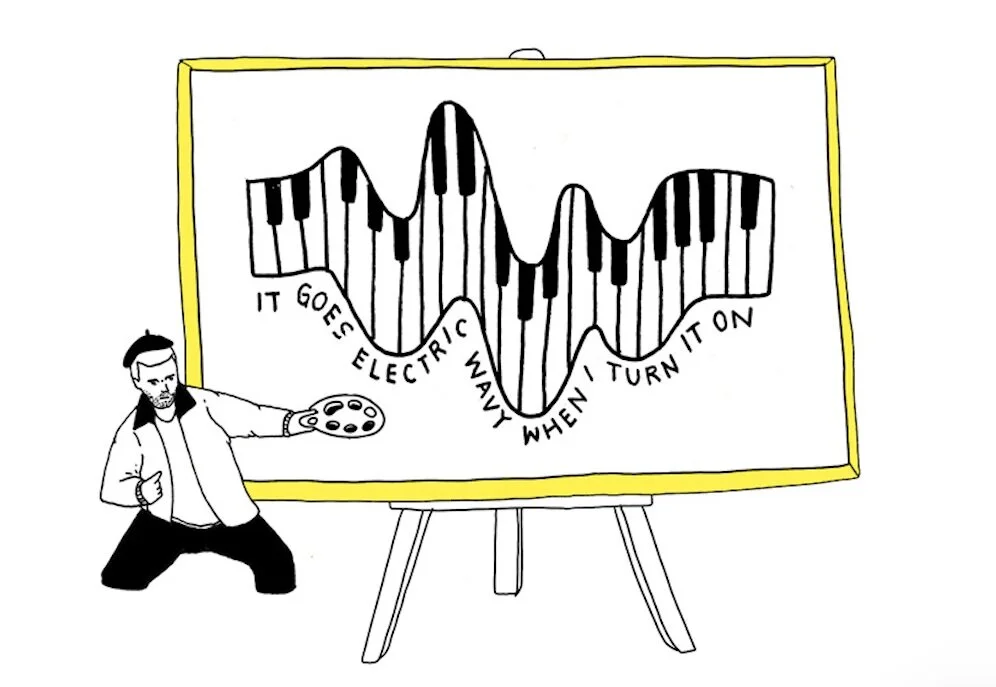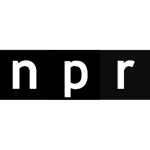How Popular Music Works, and Why It Matters
From Oxford University Press, through close studies of sixteen modern classics, musicologist Nate Sloan and songwriter Charlie Harding shift pop from the background to the foreground, illuminating the essential musical concepts behind two decades of chart-topping songs.
Based on the critically acclaimed podcast that has broken down hundreds of Top 40 songs since 2014, showing that pop music matters.
Explains the musical techniques behind 20 years of pop hits and why they’re loved, revealing the surprising connections between contemporary pop music and musical styles from around the world and across history
With engaging discussions and eye-catching illustrations by Iris Gottlieb, every music lover—from fanatics to skeptics, teenagers to octogenarians, non-musicians to professional composers—will discover something ear-opening.
About the book
Pop music surrounds us – in our cars, over supermarket speakers, even when we are laid out at the dentist – but how often do we really hear what’s playing? Switched on Pop is the book based on the eponymous podcast that has been hailed by NPR, Rolling Stone, The Guardian, and EntertainmentWeekly for its witty and accessible analysis of Top 40 hits. Through close studies of sixteen modern classics, musicologist Nate Sloan and songwriter Charlie Harding shift pop from the background to the foreground, illuminating the essential musical concepts behind two decades of chart-topping songs.
In 1939, Aaron Copland published What to Listen for in Music, the bestseller that made classical music approachable for generations of listeners. Eighty years later, Nate and Charlie update Copland’s idea for a new audience and repertoire: 21st century pop, from Britney to Beyoncé, Outkast to Kendrick Lamar. Despite the importance of pop music in contemporary culture, most discourse only revolves around lyrics and celebrity. Switched on Pop gives readers the tools they need to interpret our modern soundtrack. Each chapter investigates a different song and artist, revealing musical insights such as how a single melodic motif follows Taylor Swift through every genre that she samples, André 3000 uses metric manipulation to get listeners to “shake it like a Polaroid picture,” or Luis Fonsi and Daddy Yankee create harmonic ambiguity in “Despacito” that mirrors the patterns of global migration.
Replete with engaging discussions and eye-catching illustrations by Iris Gottleib, Switched on Pop brings to life the musical qualities that catapult songs into the pop pantheon. Readers will find themselves listening to familiar tracks in new ways and not just those from the Top 40. The timeless concepts that Nate and Charlie define can be applied to any musical style. From fanatics to skeptics, teenagers to octogenarians, non-musicians to professional composers, every music lover will discover something ear-opening in Switched on Pop.
Songs discussed - playlist
Ariana Grande ft. Zedd — “Break Free” (2014)
Beyoncé — “Love on Top” (2011)
Britney Spears — “Oops! . . . I Did It Again” (2000)
Carly Rae Jepsen — “Call Me Maybe” (2011)
Drake — “God’s Plan” (2018)
Fun ft. Janelle Monáe — “We Are Young” (2011)
Jay-Z & Kanye West ft. Frank Ocean — “Made in America” (2011)
Justin Timberlake — “What Goes Around . . . Comes Around” (2006)
Kelly Clarkson — “Since U Been Gone” (2004)
Kendrick Lamar — “Swimming Pools” (2012)
Luis Fonsi ft. Daddy Yankee — “Despacito” (2017)
M.I.A. — “Paper Planes” (2008)
Outkast — “Hey Ya!” (2003)
Paul McCartney — “Get Enough” (2019)
Rihanna ft. Calvin Harris — “We Found Love” (2011)
Sia — “Chandelier” (2014)
Skrillex — “Scary Monsters and Nice Sprites” (2010)
Taylor Swift — “You Belong with Me” (2008)
Toby Keith — “Made in America” (2011)
Key musical concepts
Meter, Melody, Harmony, Form, Timbre, Lyric, Hooks, Rhyme, Syncopation, Modulation, Counterpoint, Sampling, Sound Design, Tonal Ambiguity, Musical Identity, and Genre
(photo: Ellyn Jameson)


































